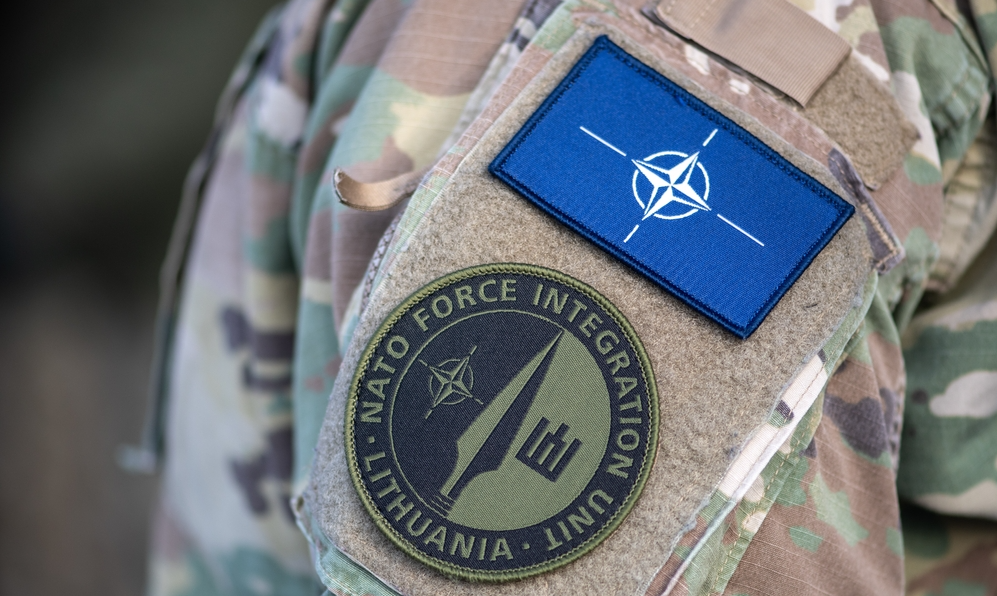As NATO debates a major defense spending increase to 5% of GDP, Europe shows signs of finally taking defense seriously.
Others are reading now
NATO may soon set a new target for defense spending, with members committing to spend 5% of their GDP on defense, The Wall Street Journal (WSJ) reports in an article titled “NATO’s New Military Realism.”
According to WSJ, many European countries are finally waking up to today’s security threats after years of low defense spending that followed the Cold War.
A Big Shift in European Defense
NATO Secretary General Mark Rutte recently stated in Brussels, “I will propose a general investment plan that will amount to a total military investment of 5% of GDP.”
Member states would also be able to count indirect defense investments—such as building better roads for military transport—up to 1.5% of GDP.
Also read
Even reaching 3.5% of GDP for direct military spending would mark a major change for Europe, which has long targeted a minimum of just 2%.
Rutte pointed out that although Russia’s economy is smaller—around $2 trillion compared to NATO’s $50 trillion—it produces four times more ammunition.
NATO’s task, he said, is to make sure members are fully prepared so they don’t have to “take Russian language courses.”
Trump’s Push for 5% Defense Spending
US President Donald Trump has been pushing European allies to take on more responsibility for their own defense, encouraging the 5% target.
Some countries already appear to be responding:
- Poland has raised its defense spending to over 4% of GDP.
- The Baltic States are nearing 5% without any pressure from NATO leadership.
However, some members remain far behind:
- Spain spent just 1.28% in 2024.
- Canada spent 1.37%.
The US Defense Spending Question
WSJ notes that while Trump pressures allies to spend more, US defense spending as a share of GDP has actually decreased. According to NATO figures:
- The US now spends 3.38% of GDP on defense, down from 3.71% a decade ago.
Currently, Congress is debating a one-time $150 billion boost to the Pentagon budget.
However, for 2026, the administration is proposing a smaller budget when adjusted for inflation. WSJ criticizes this, saying defense manufacturers are unlikely to expand production without consistent long-term investment.
According to WSJ, Europe is finally beginning to take defense more seriously. But the bigger question is whether the United States will continue to give defense the resources and attention needed to face today’s rising threats.


